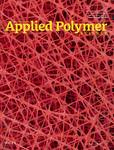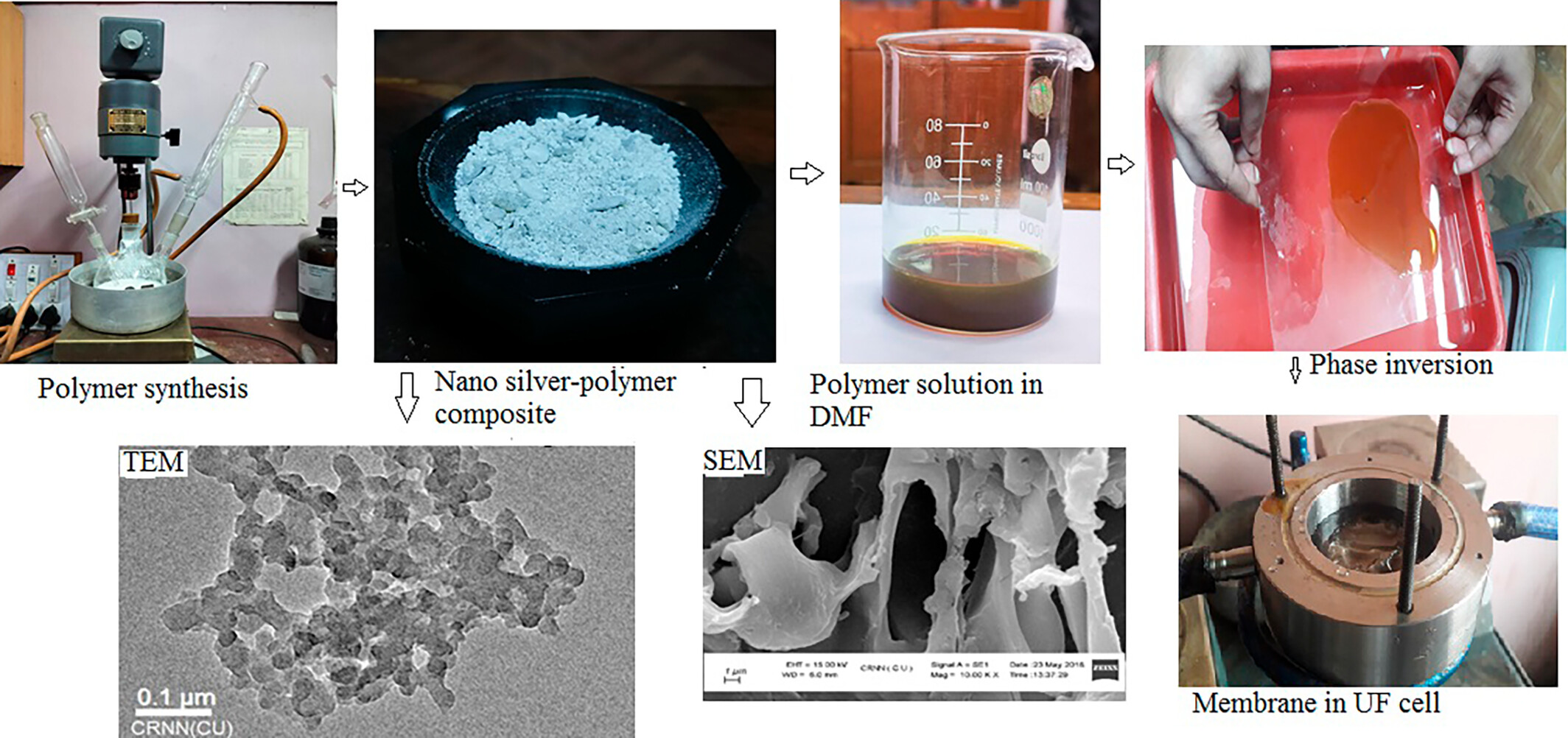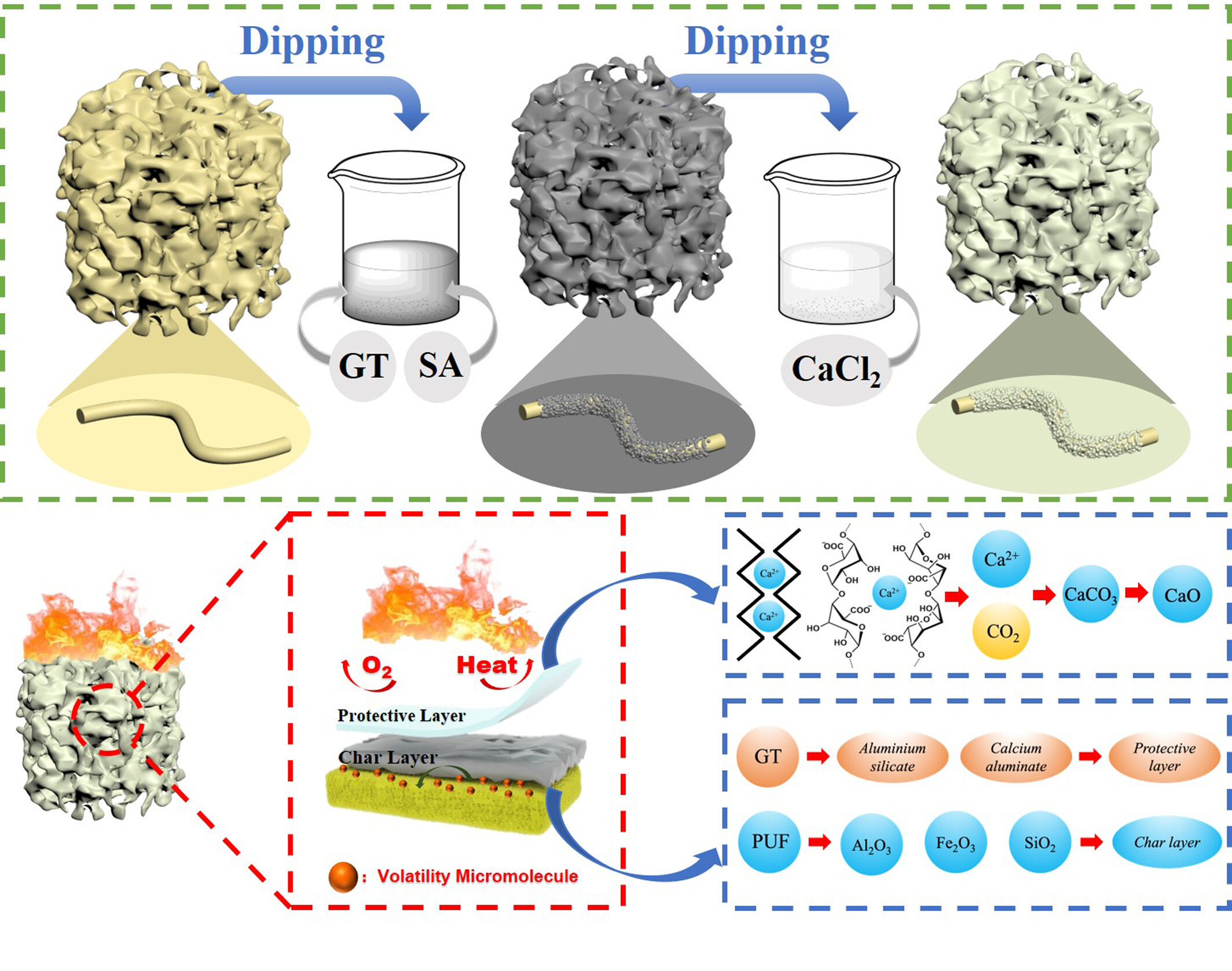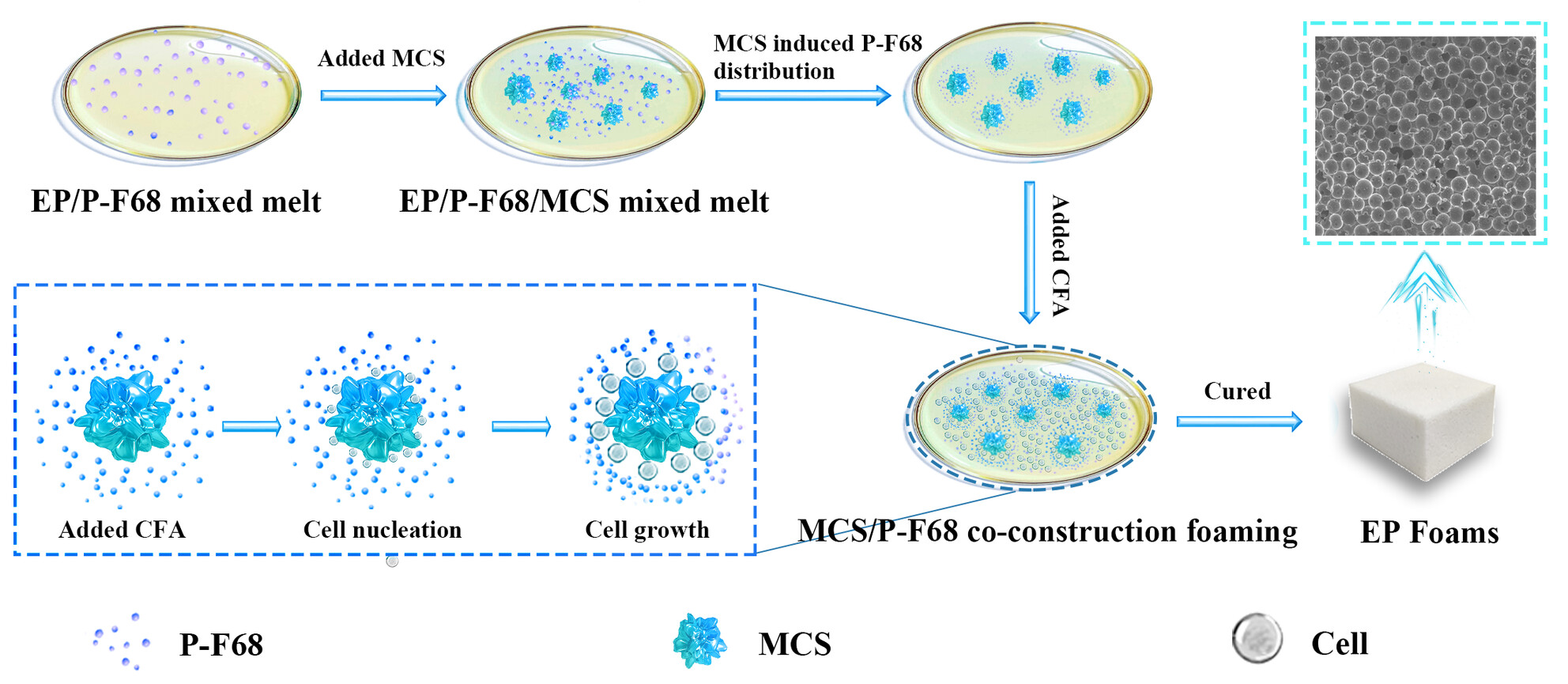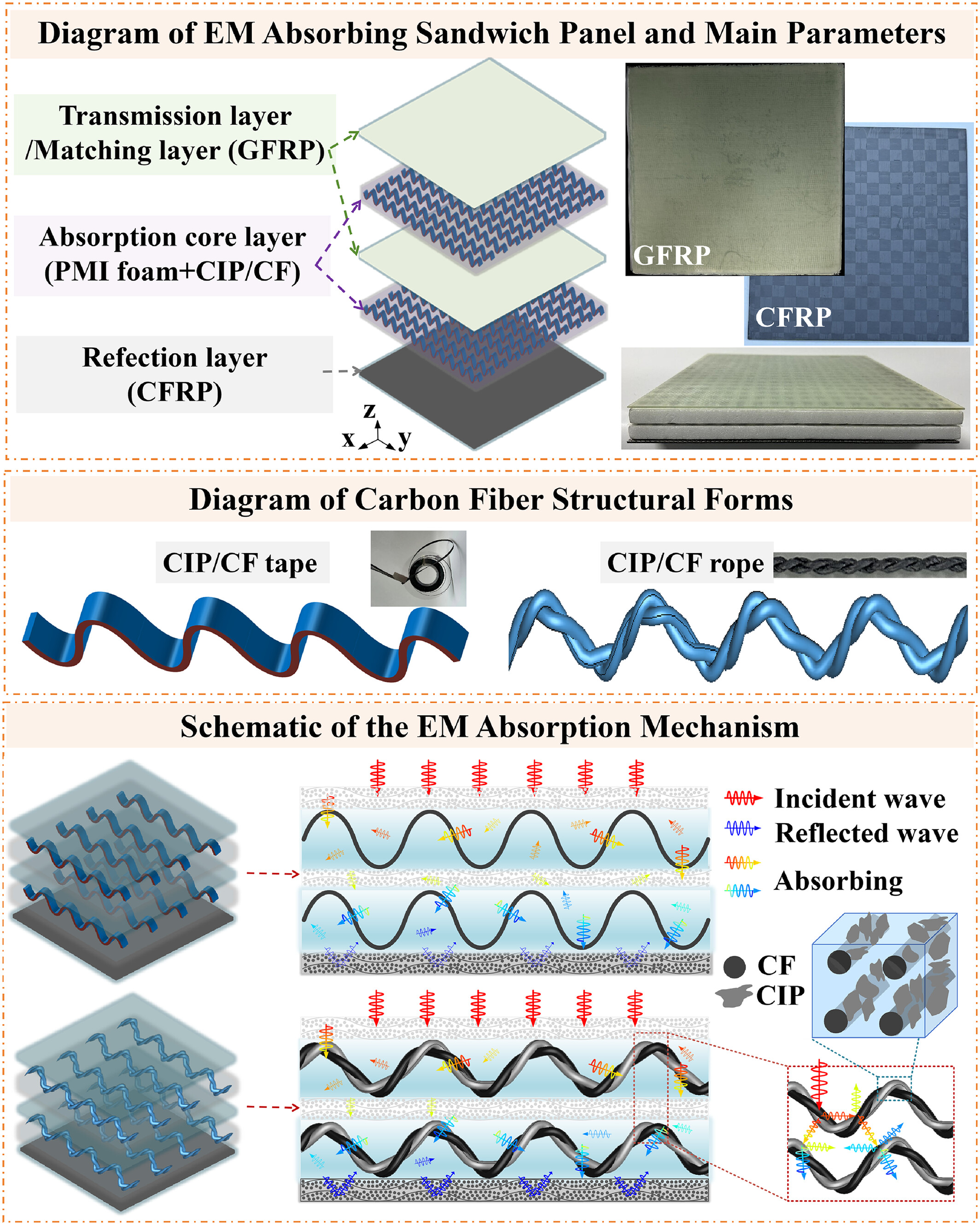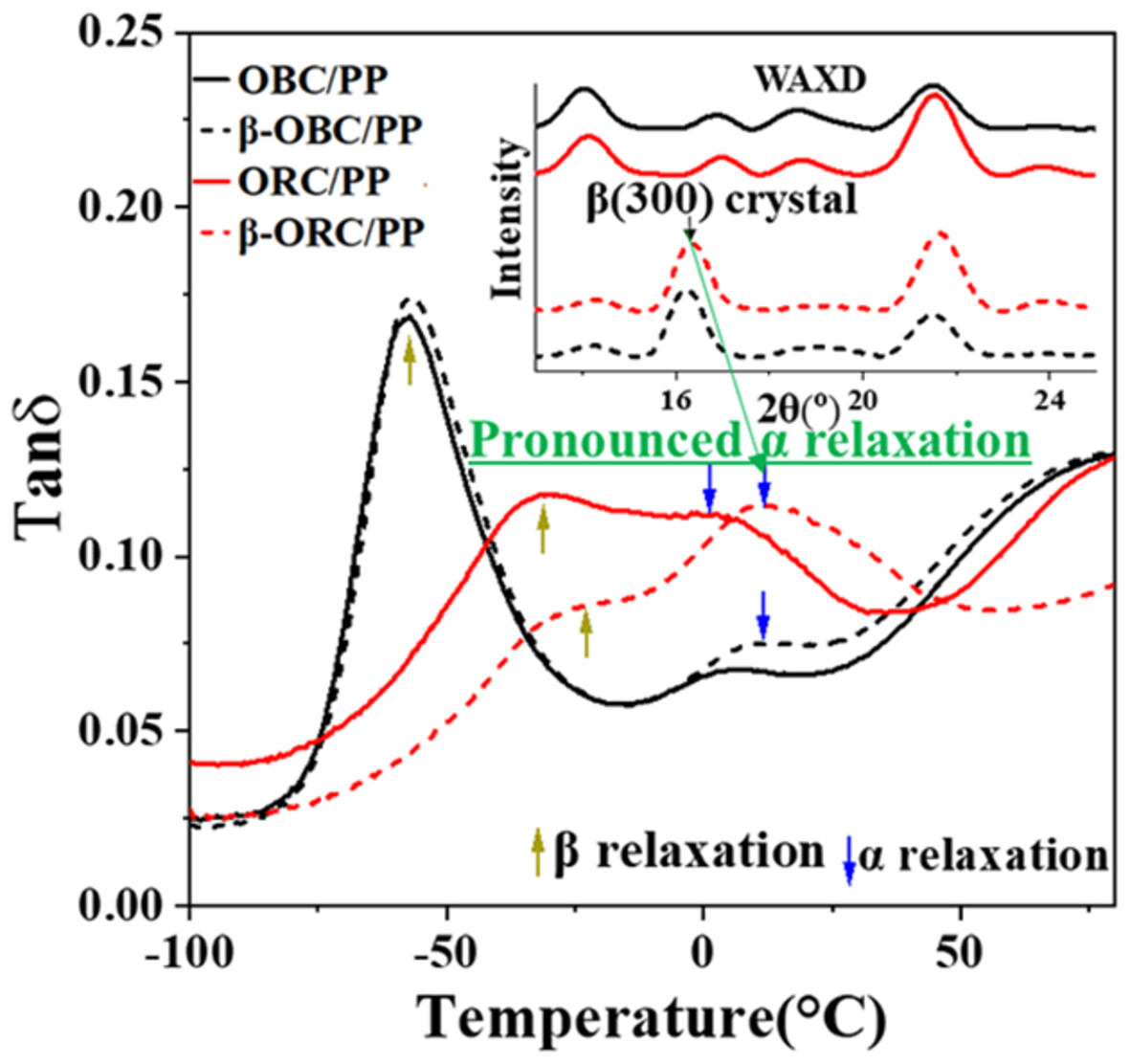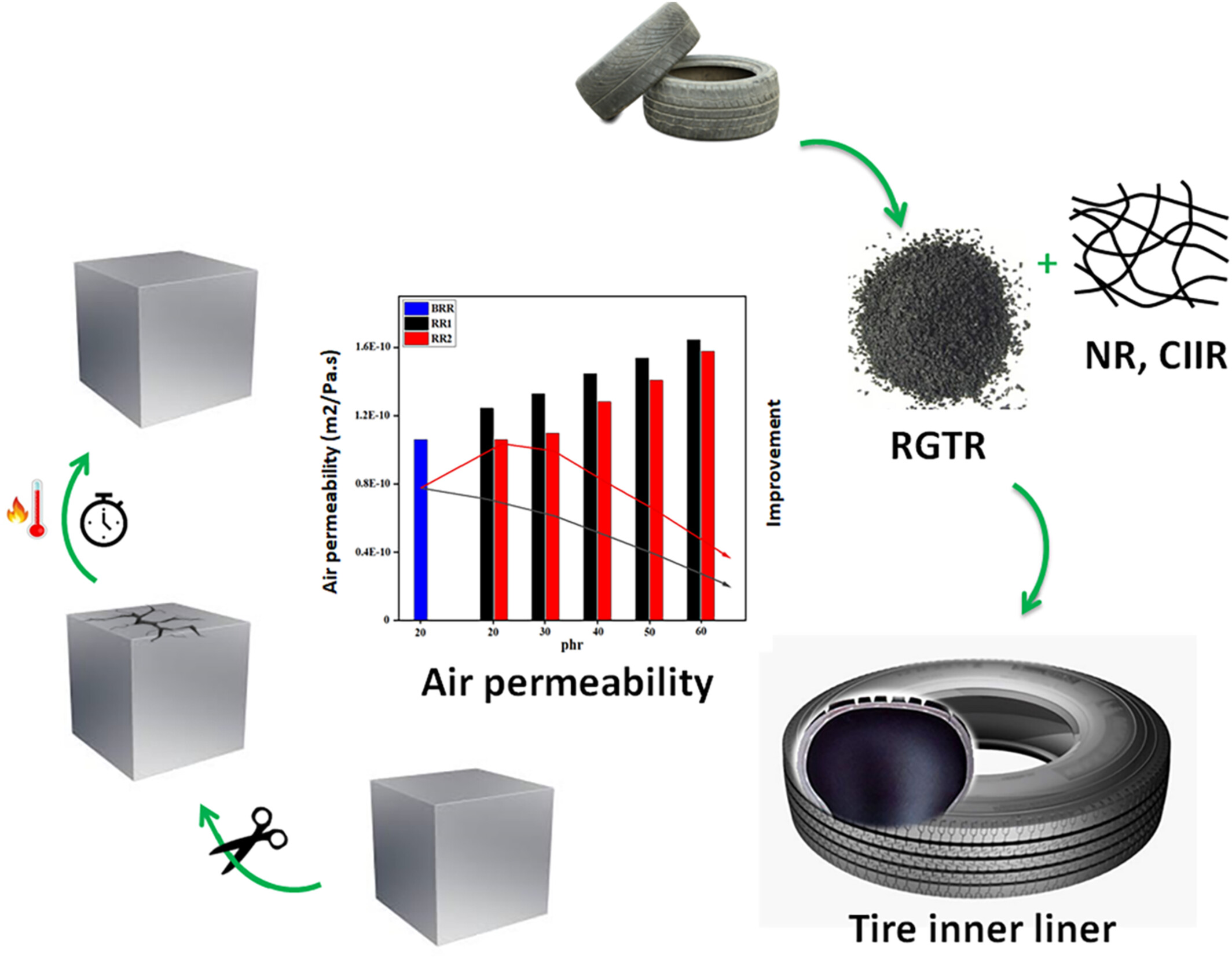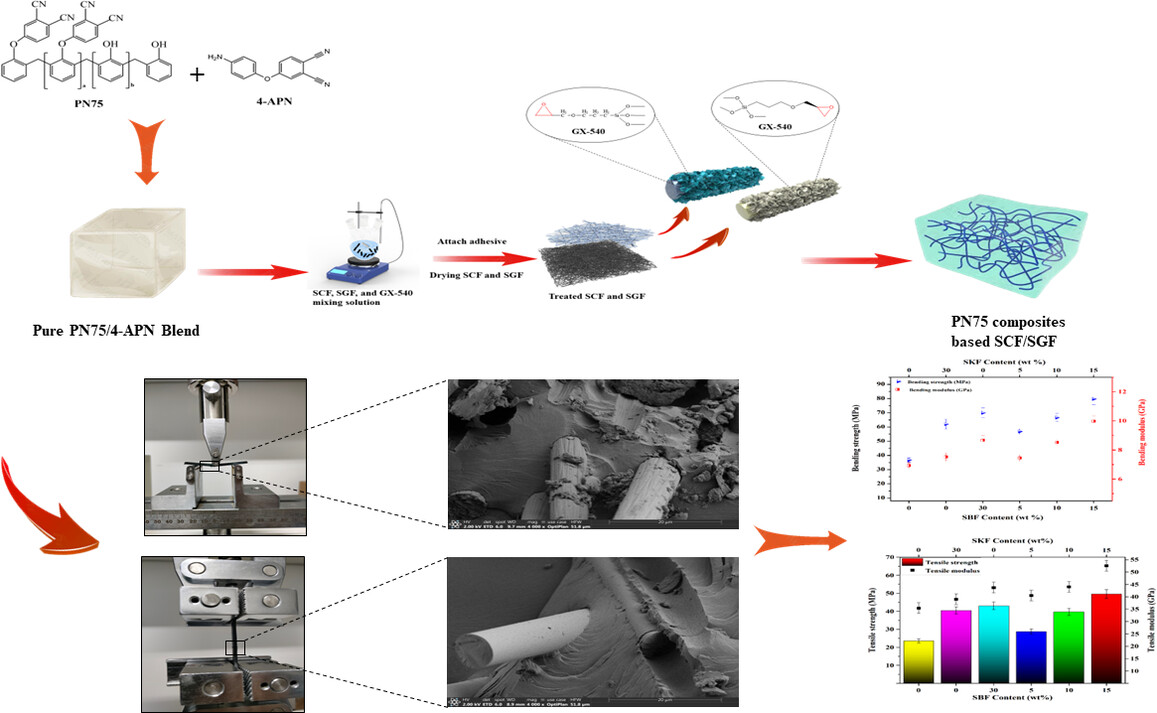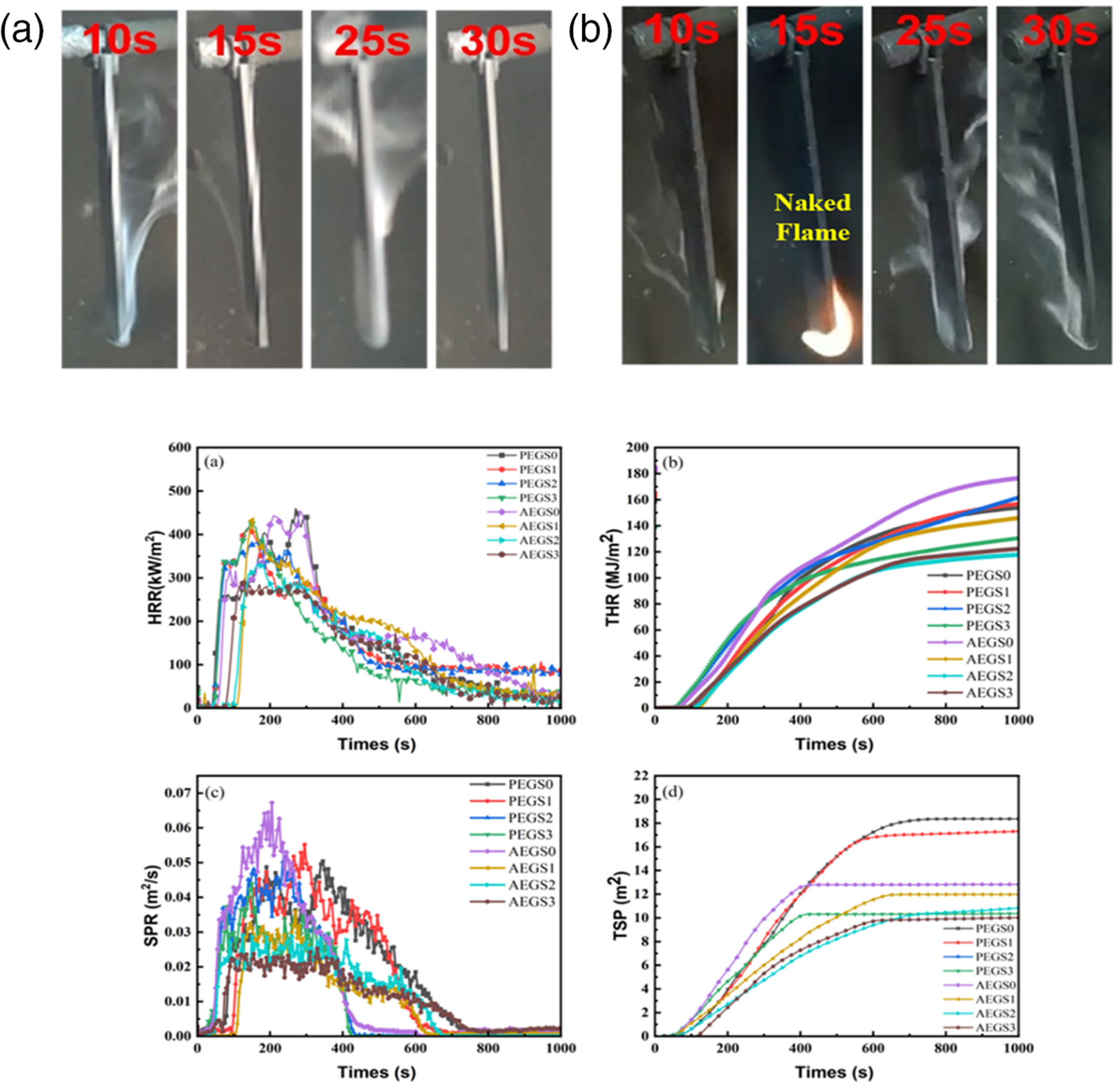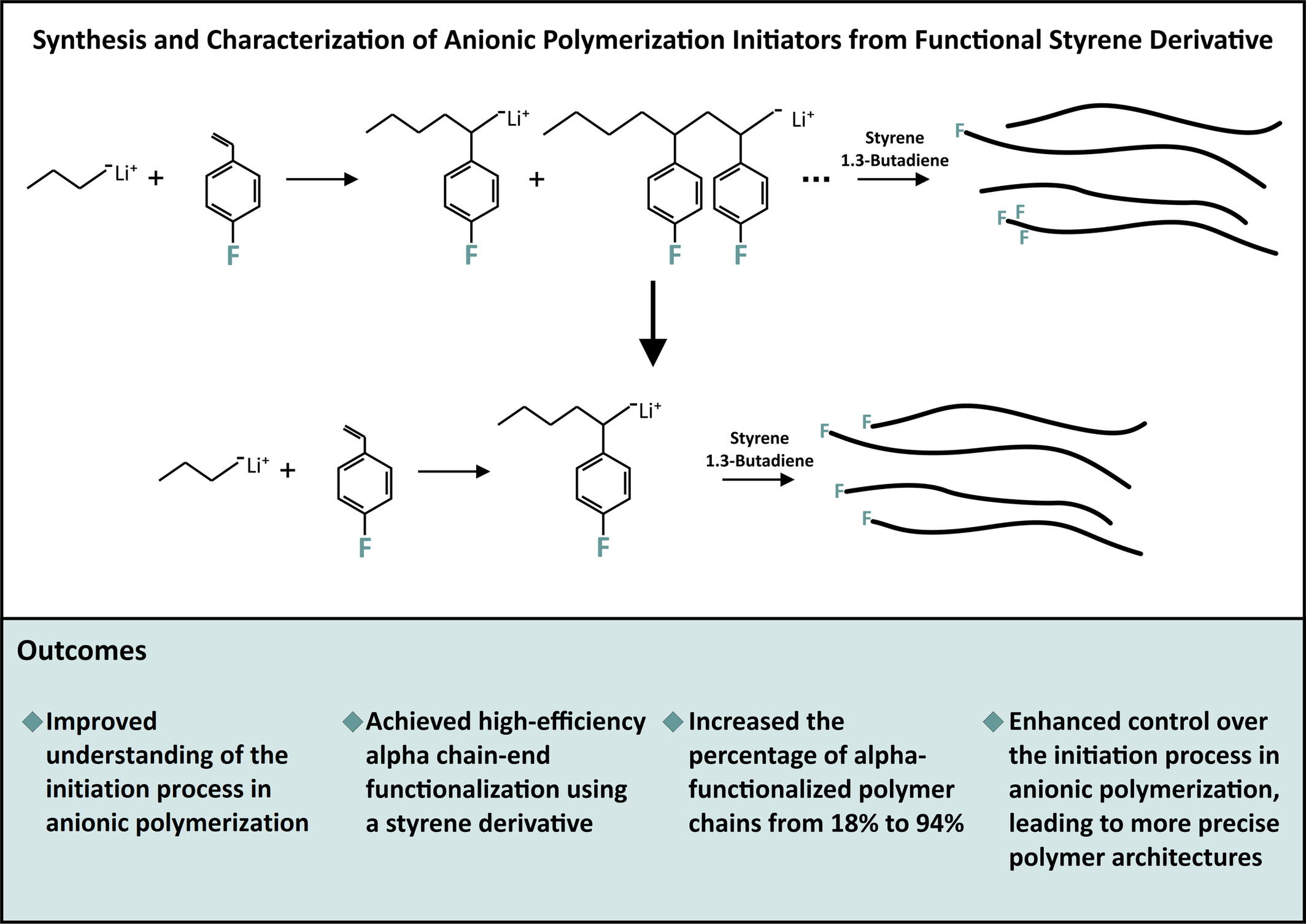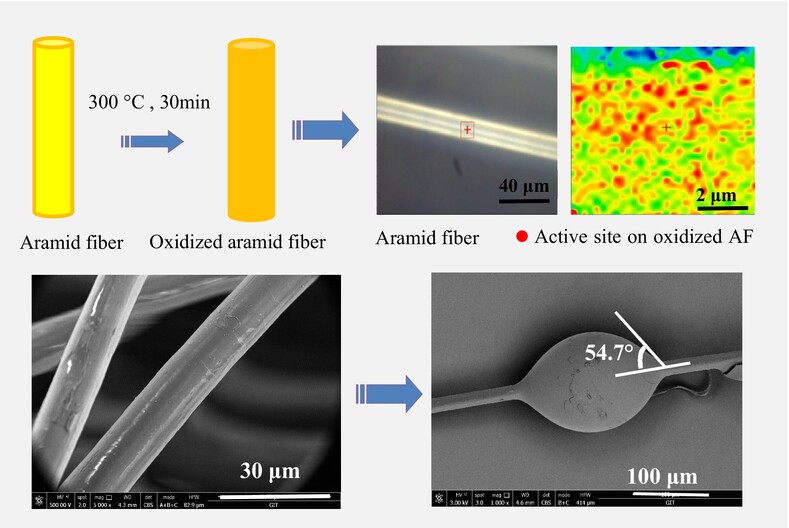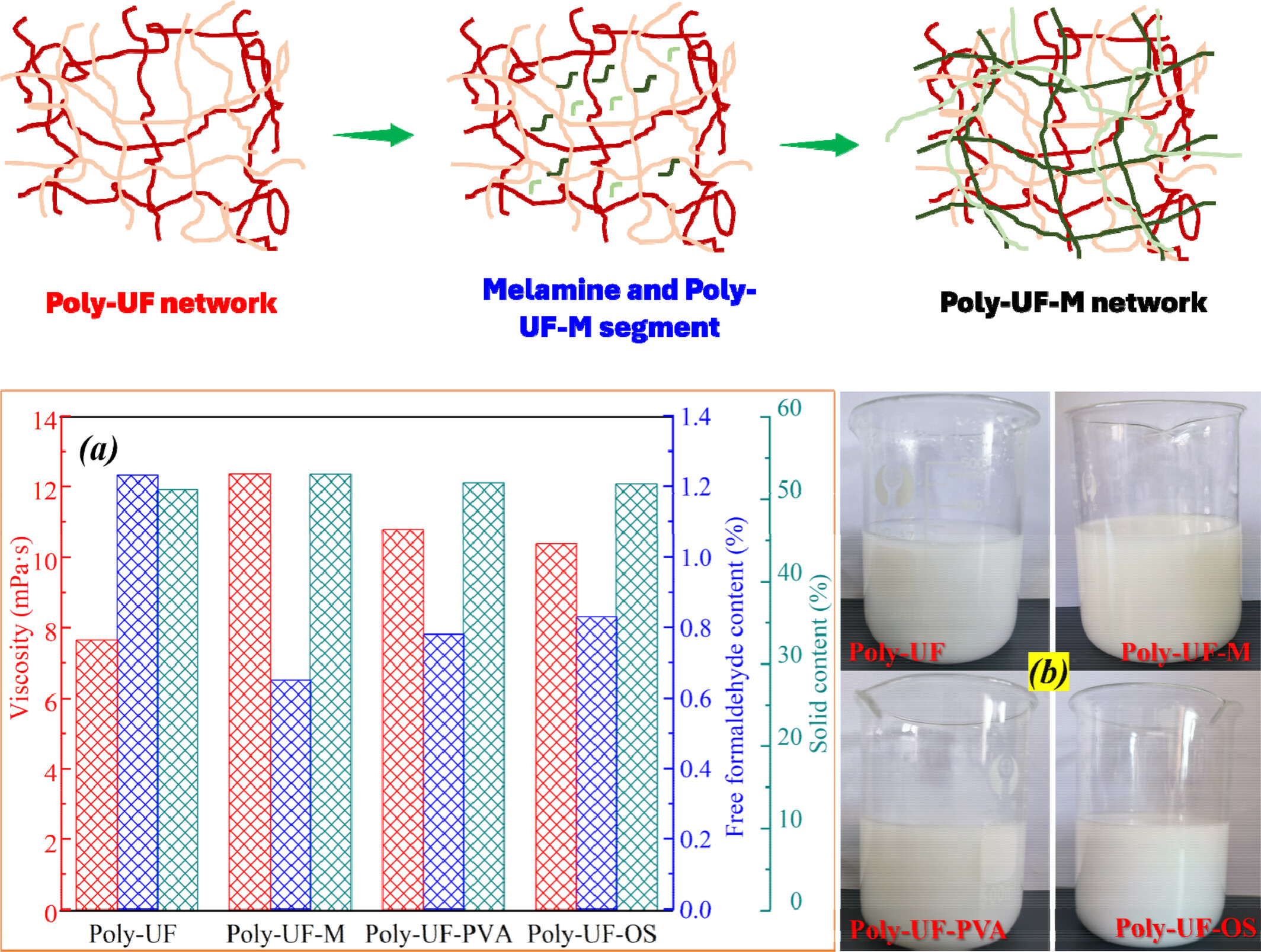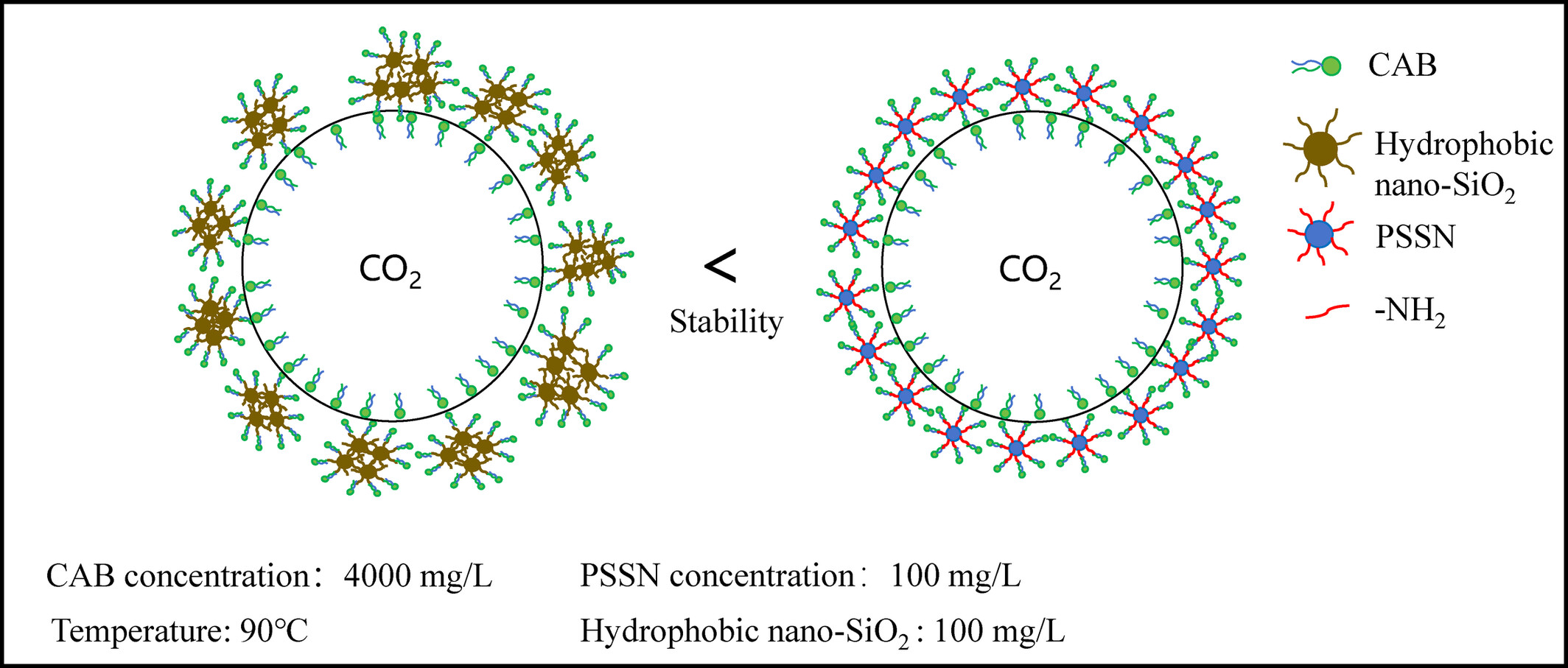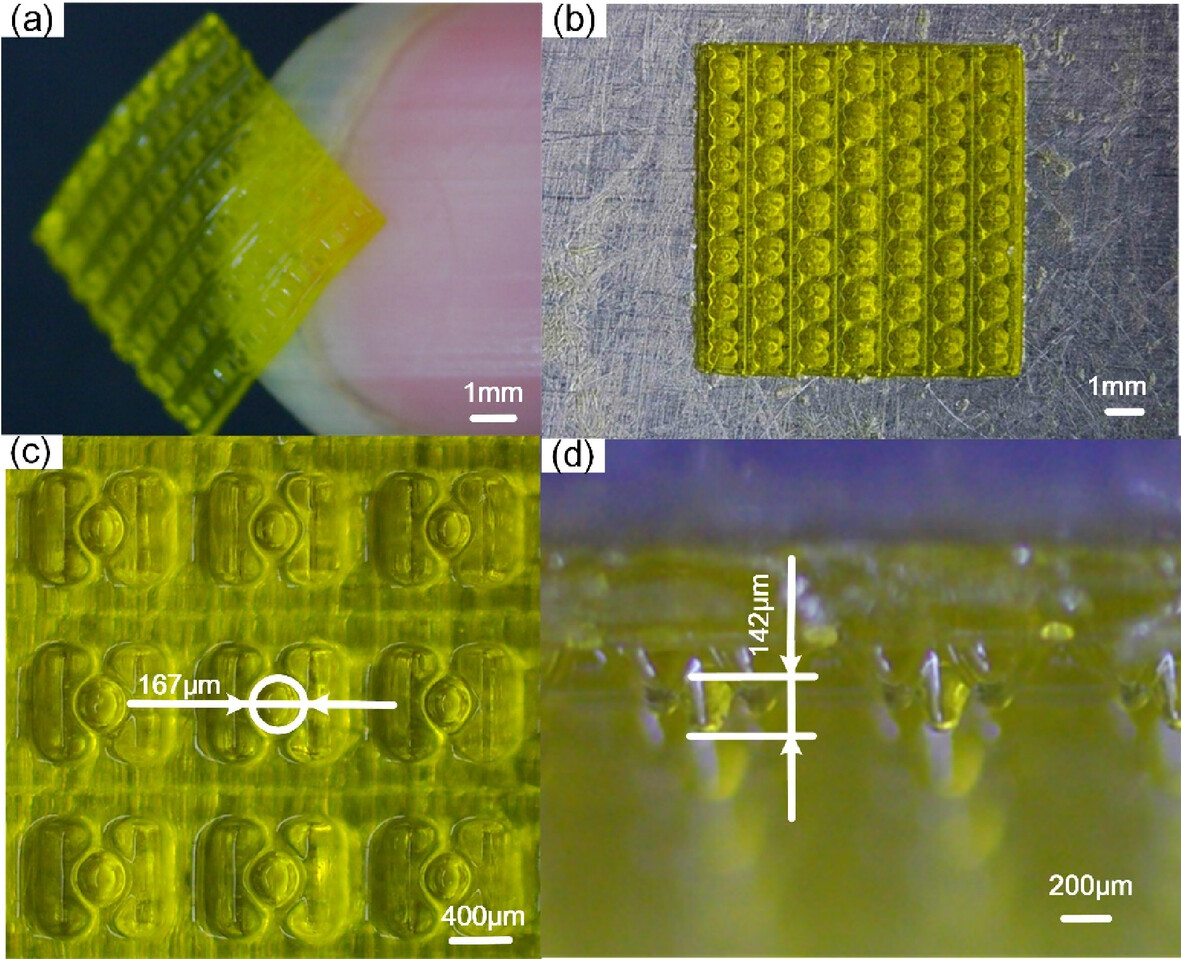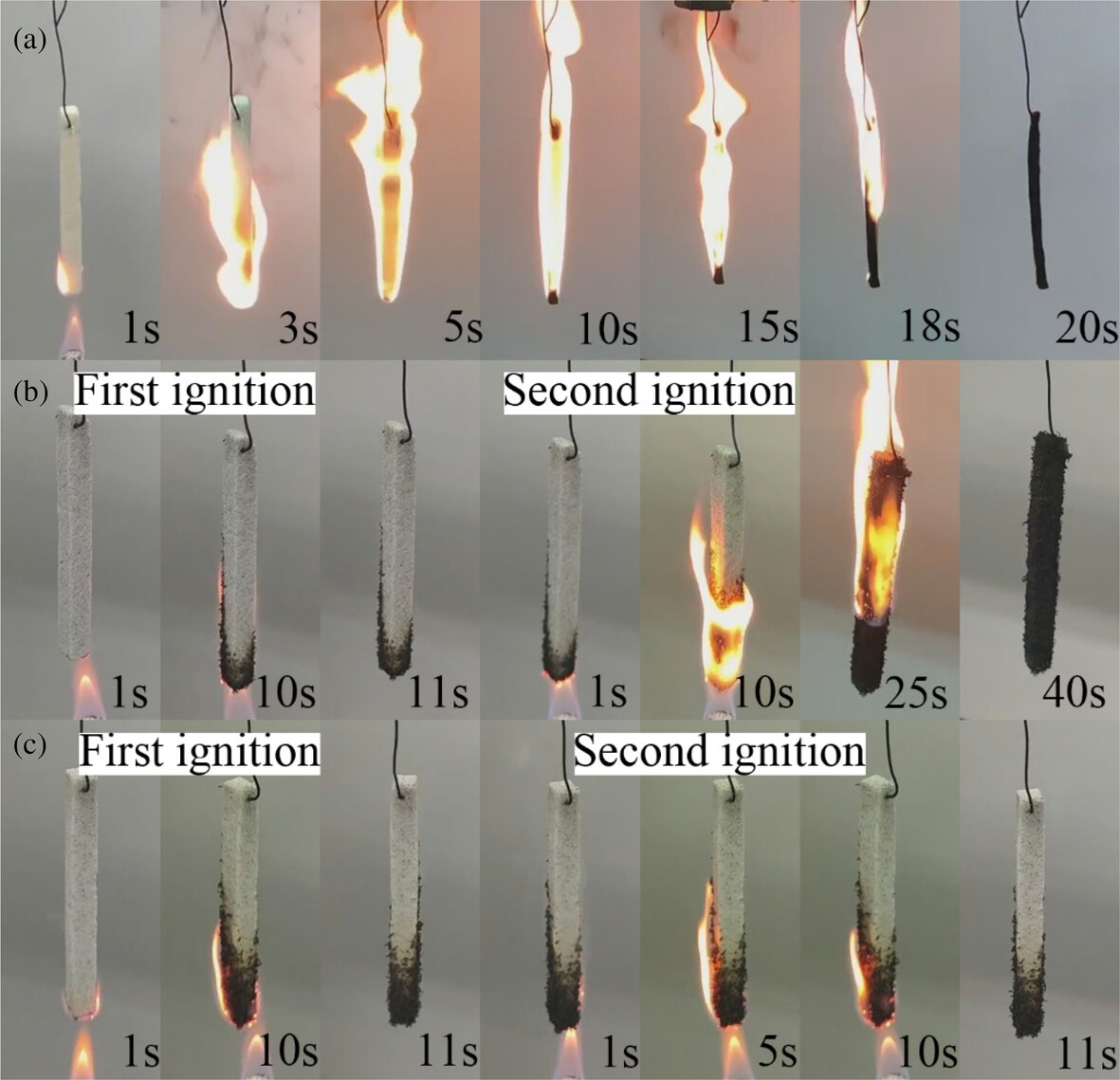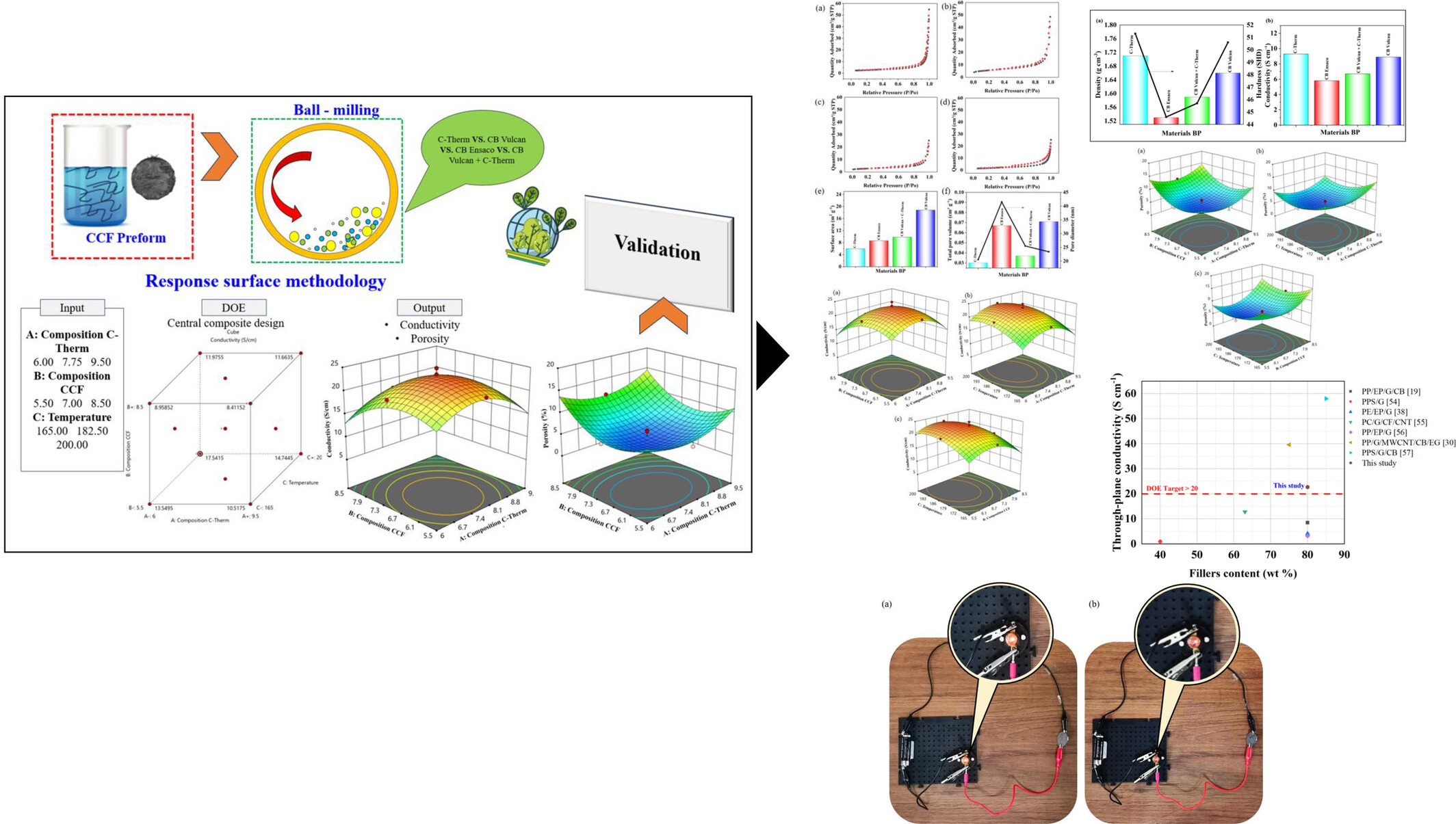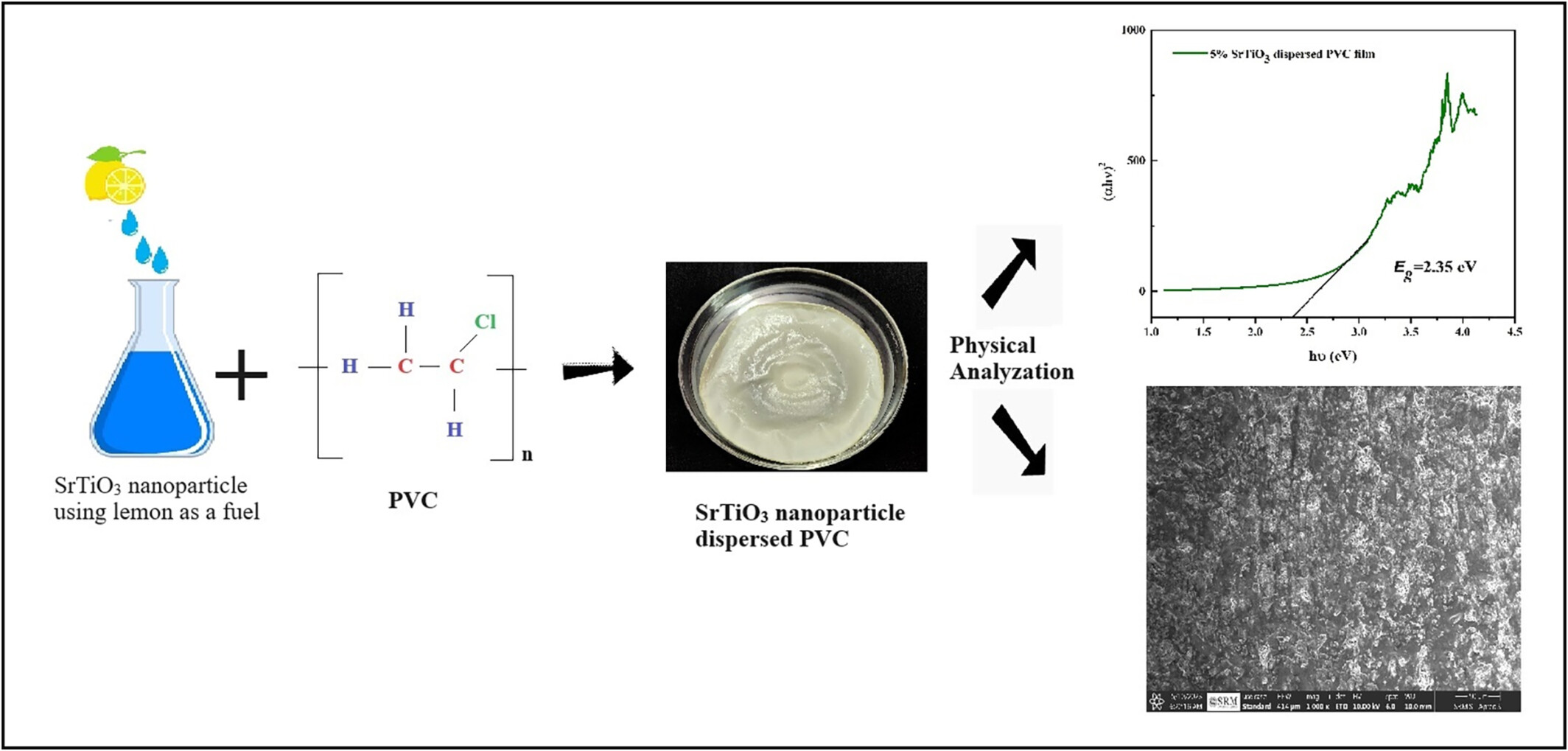Journal list menu
Export Citations
Download PDFs
ISSUE INFORMATION
RESEARCH ARTICLE
Synthesis and characterization of silver nanoparticle incorporated copolymer composite membrane for polymer enhanced ultrafiltration of hexavalent chromium ions from water
- First Published: 23 October 2024
Terminating heat and mass transfer: Graphite-tailings gelatum coating for polyurethane foam with super flame retardancy and smoke suppression
- First Published: 19 October 2024
Study on foaming behavior of block copolymer/inorganic particles co-construction of toughened epoxy resin foams
- First Published: 20 October 2024
Enhanced microwave absorption of sandwich panels with magnetized carbon fiber corrugated array reinforced PMI foam core
- First Published: 03 November 2024
A P,N flame retardant containing flexible chain segments, imparting excellent toughness and flame retardancy to epoxy resins
- First Published: 27 October 2024
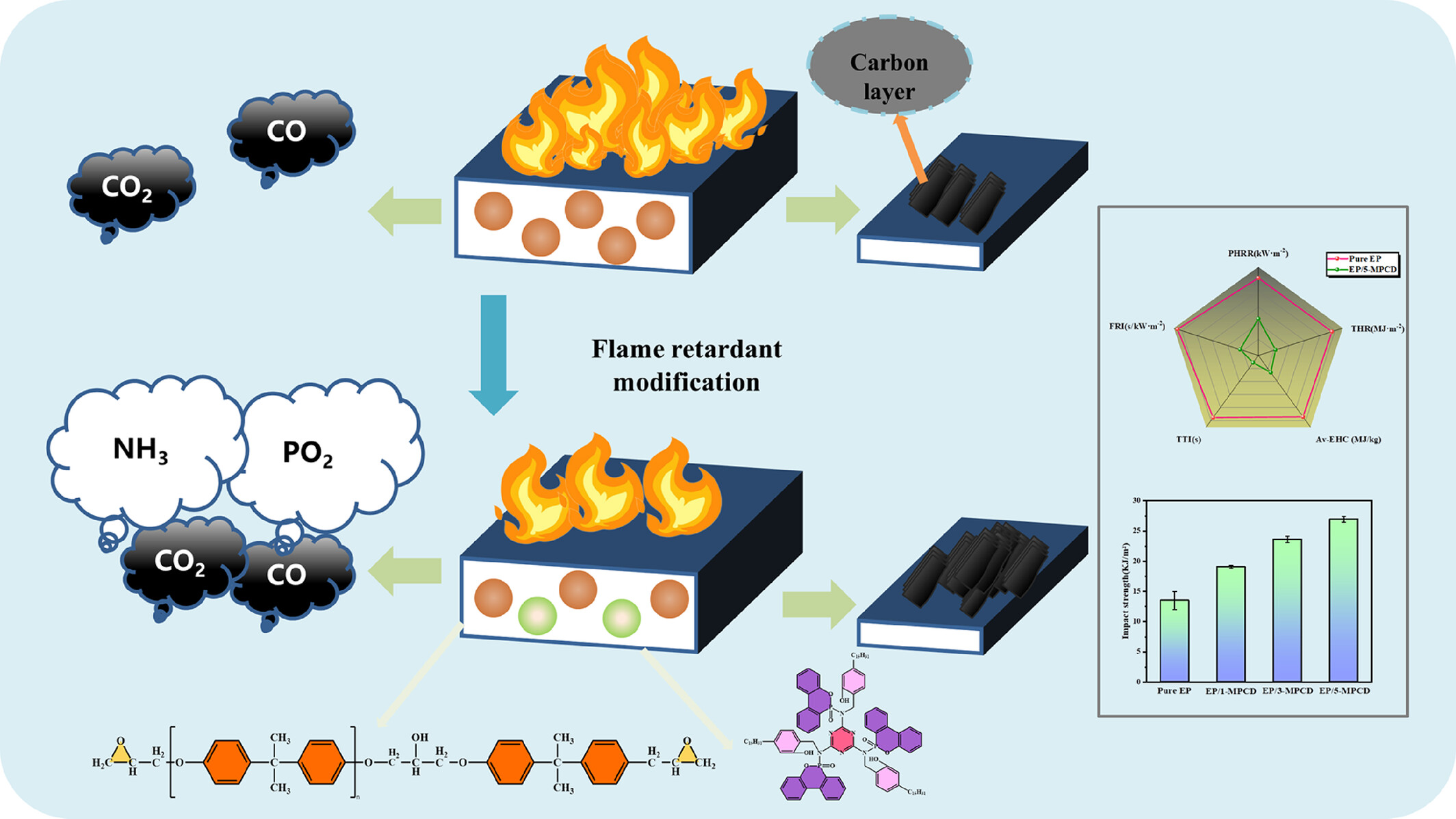
Flame retardants are prepared by the one-pot method, which is a simple and cost-controlled process. Synergistic action of phosphorus and nitrogen elements provides two-phase flame retardant conditions for combustion in both condensed and gaseous phases. The introduction of cashew phenol groups substantially improves the toughness of epoxy systems.
Diphenylphosphine oxide derivative with a symmetrical structure as an efficient flame retardant for application in epoxy resin
- First Published: 22 October 2024
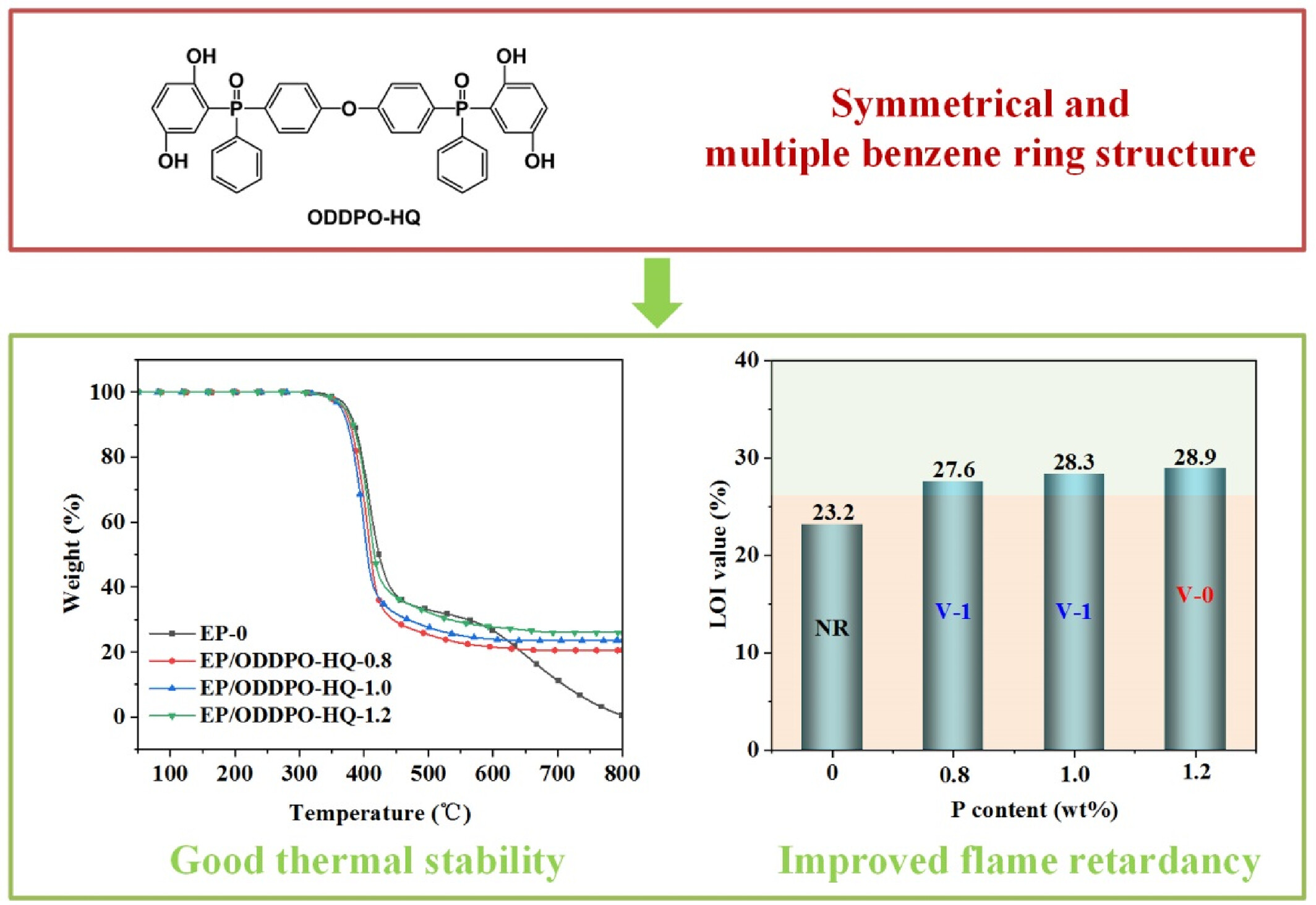
A novel phosphorus-based compound, (oxybis(4,1-phenylene))bis((2,5-dihydroxyphenyl)(phenyl)phosphine oxide) (ODDPO-HQ), was synthesized and applied to enhance the flame retardancy of epoxy resin (EP). With a phosphorus content of 1.2 wt%, the EP/ODDPO-HQ formulation achieved a vertical burning V-0 grade and a limited oxygen index of 28.9%, while maintaining its thermal stability.
Effect of β-nucleating agents on structure and mechanical properties of dynamic crosslinked ethylene-octene random copolymer/polypropylene and ethylene-octene block copolymer/polypropylene blends
- First Published: 23 October 2024
The preparation of different types of reclaimed rubber and their applications in tire inner liner
- First Published: 28 October 2024
Investigating the synergistic effects of carbon and glass fibers on the mechanical and thermal properties of phenol-containing phthalonitrile composites
- First Published: 30 October 2024
Cavity formation in silica-filled rubber compounds observed during deformation by ultra small-angle x-ray scattering
- First Published: 30 October 2024
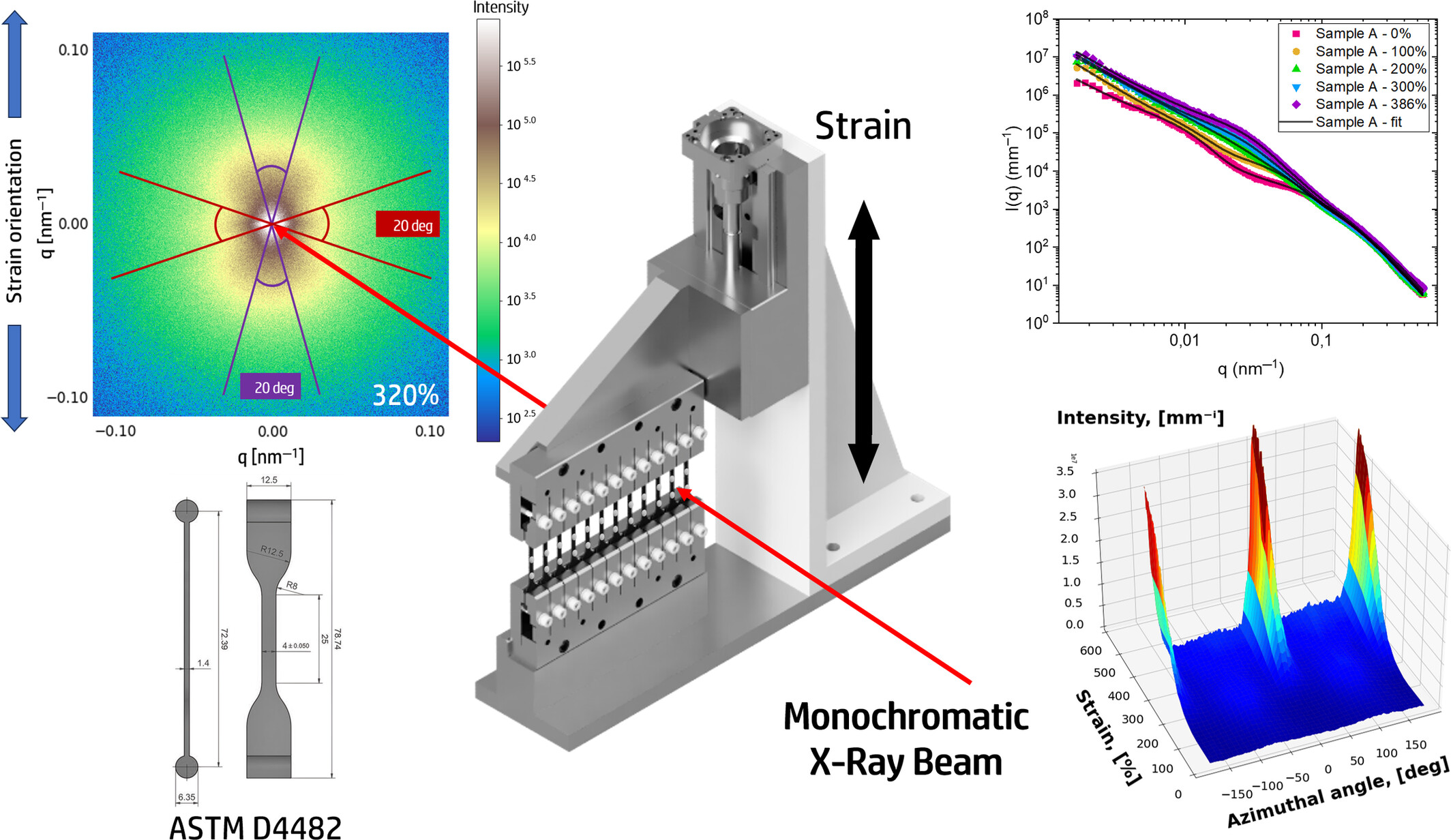
Overview of the experimental approach and the key data gathered using ultra small-angle x-ray scattering. High-resolution scattering patterns are collected as the beam passes through the stretched silica-filled rubber compounds. Data from scattering patterns gives insights into the hierarchical structure of the silica filler and deformation-induced cavitation.
Study on flame retardant and smoke suppression of EPDM by sepiolite expansion flame retardant system
- First Published: 30 October 2024
The effect of NaY-zeolite on mechanical, thermal, and spectroscopic behavior of crosslinked polyvinyl alcohol films
- First Published: 23 October 2024
Poly(lactic acid) and copper-modified montmorillonite nanocomposite films for antimicrobial food packaging
- First Published: 09 November 2024
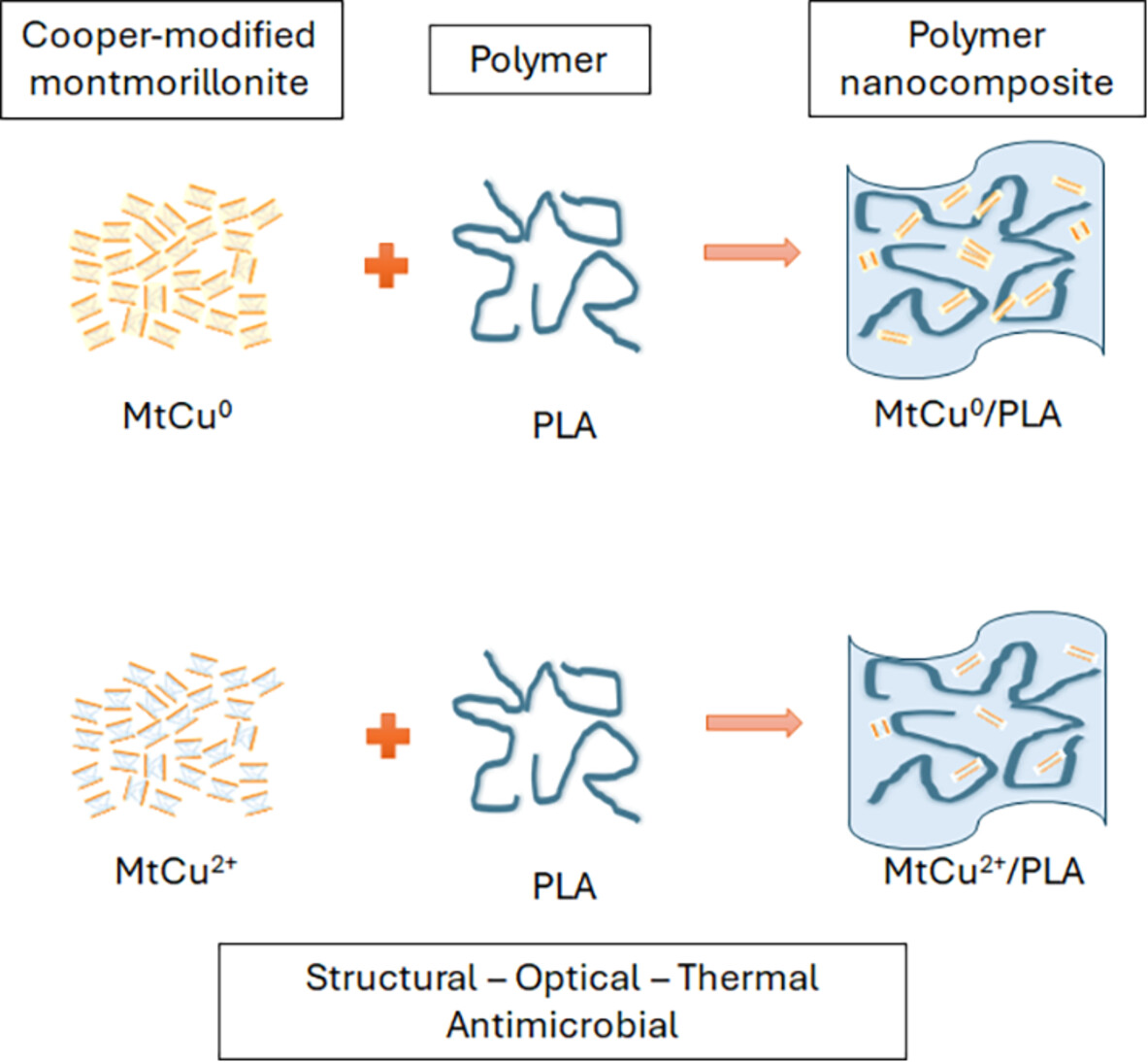
Montmorillonite was modified with copper for obtaining clays at different valence states (MtCu2+ and MtCu0). They were incorporated into PLA films through melt extrusion. The structural, optical, thermal, and mechanical properties of films depended on the valence of clay, where MtCu2+ was better dispersed in the polymer matrix and MtCu2+/PLA reduced over 2 log10 of Gram+ and Gram− bacterial growth.
Effects of fluorination of benzothiadiazole units on the properties of alternating cyclopentadithiophene/benzothiadiazole donor/acceptor polymers
- First Published: 27 October 2024
Optimizing melt electrowriting prototypes for printing non-medical and medical grade polycaprolactone meshes in prolapse repair
- First Published: 02 November 2024
Synthesis and characterization of anionic polymerization initiator from functional styrene derivative
- First Published: 22 November 2024
Curing reactions, reaction kinetics, and latency of epoxy resin cured with L-tryptophan and L-tyrosine
- First Published: 25 October 2024
Nanoencapsulation of creatine: Unlocking hydrophilic bioactive potential through double emulsification by solvent diffusion
- First Published: 28 October 2024
Effects of oxidation-induced aggregation structure transformation of aramid fiber on interfacial adhesion of epoxy resin
- First Published: 27 October 2024
Preparation, optimization, and modification of urea-formaldehyde resin for used as a plugging agent in fractured and caved oil and gas reservoirs
- First Published: 30 October 2024
Thermochromic insulation composites for prewarning of thermal faults in electrical equipment
- First Published: 02 November 2024
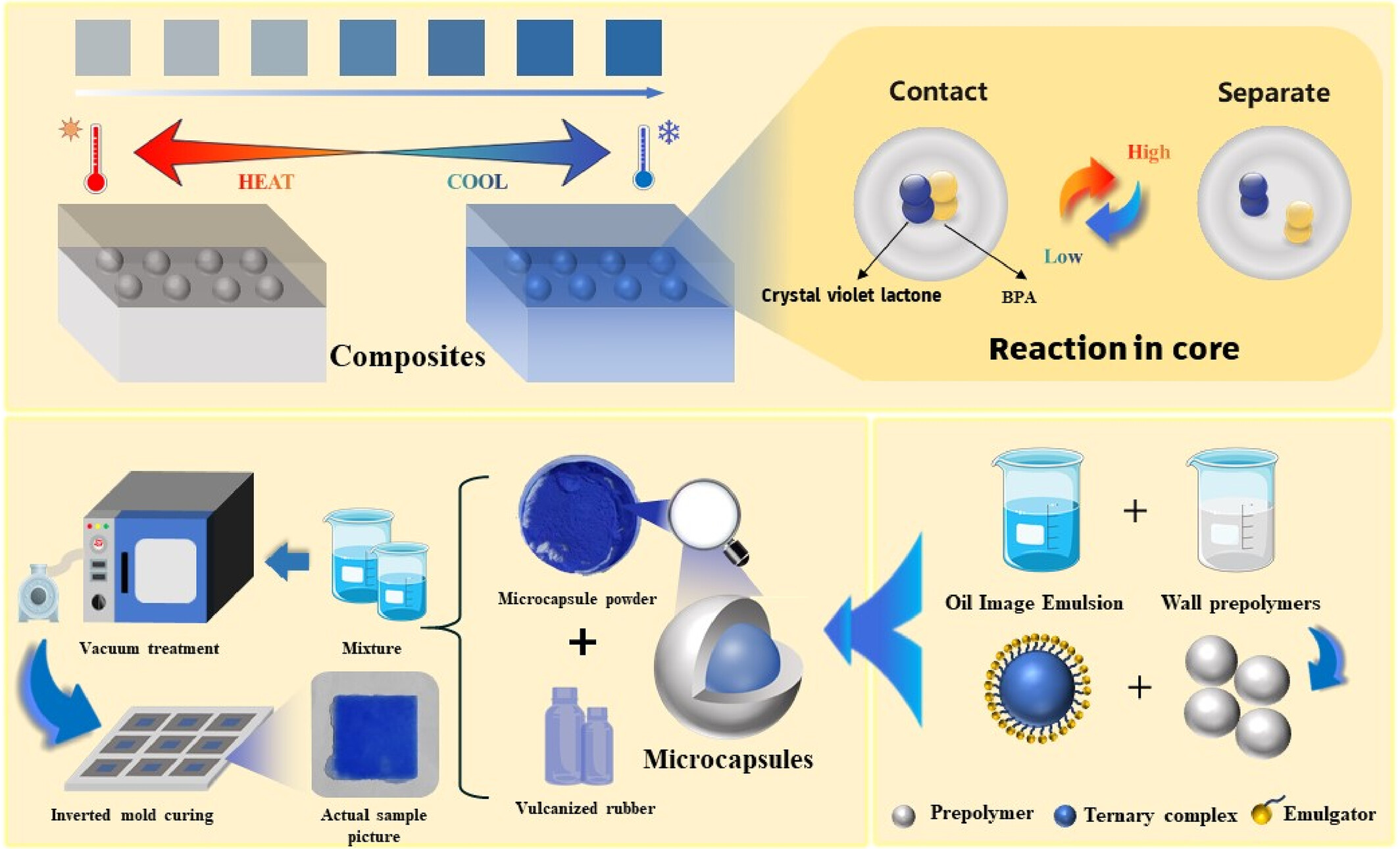
This phase change microcapsule has thermal sensing ability and doping it into silicone rubber can give silicone rubber thermal sensing ability. When the dopant concentration is not greater than 1.5 wt%, the color difference before and after the color change can be up to 37.24. The AC breakdown field strength is increased by 6.92%, and the dielectric properties do not change much, which retains the good electrical properties of silicone rubber, and can be used in large-scale temperature measurement scenarios for electrical equipment.
Construction of epoxy resin with enhanced flame retardancy, mechanical properties, and satisfactory transparency based on a novel bi-DOPO and hydrogen-bonding network
- First Published: 28 October 2024
Preparation of styrene-phenylamine monomer copolymer nanospheres and its performance for stabilizing CO2 foam
- First Published: 26 October 2024
Evolution from micropinned to polymeric alloy structure of XLPE-PS: Improving electrical properties and mechanism
- First Published: 28 October 2024
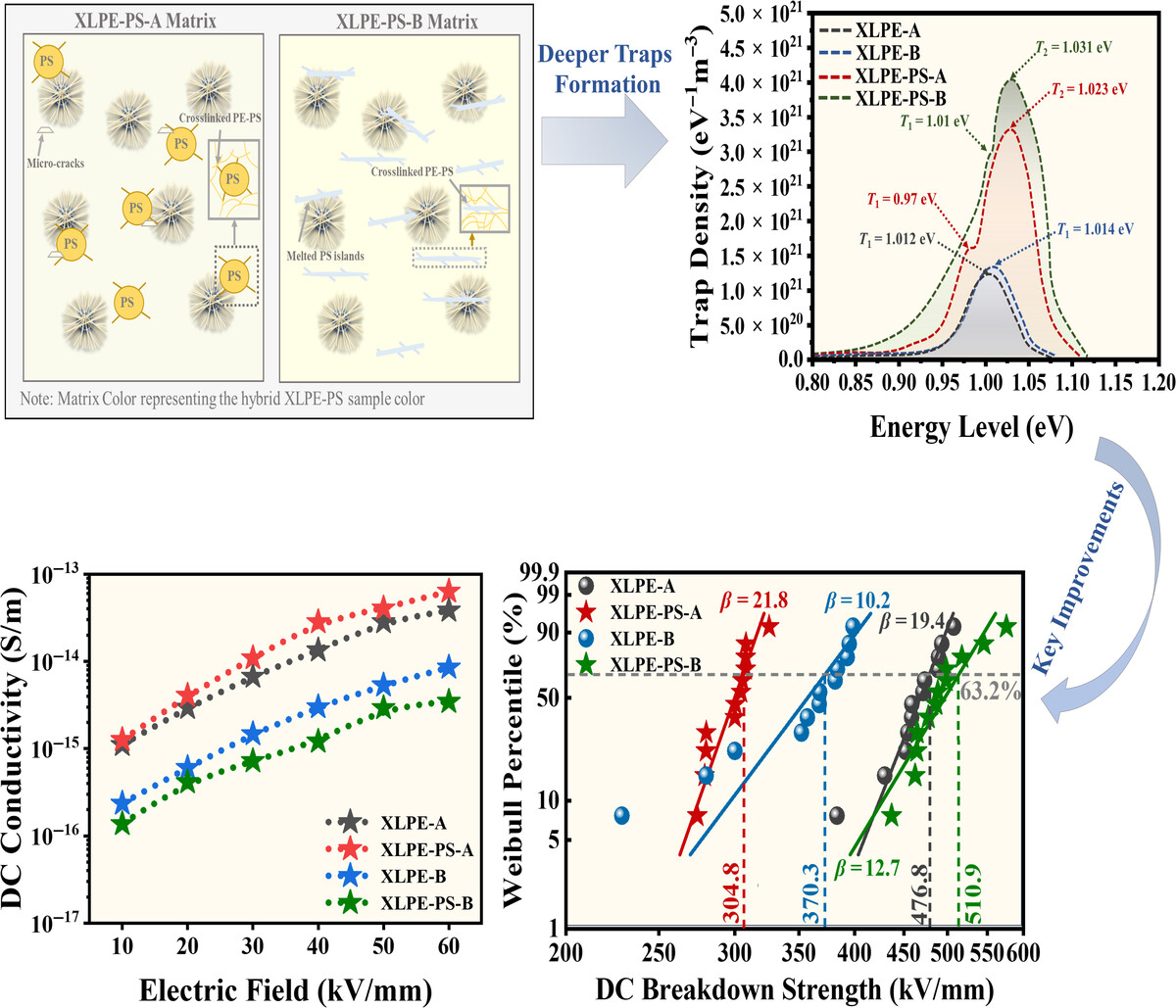
The transition from polymeric alloy to a micropinned structure of XLPE-PS leads to the development of deeper trapping sites with higher density. As a result, key electrical improvements, such as a remarkable enhancement in DC breakdown strength and a significant reduction in DC conductivity across electric field intervals, are achieved. This advancement leads to the development of reliable composite insulation.
Surface modification of talc powder by silane functionalized polycarboxylates and its effect on the performance of polyvinyl chloride composite
- First Published: 30 October 2024
Preparation of a polyurethane-coated expandable graphite and its flame retardant application in rigid polyurethane foams
- First Published: 28 October 2024
Electrical conductivity enhancement of chopped carbon fiber-reinforced epoxy composite bipolar plate for proton exchange membrane fuel cells
- First Published: 06 November 2024
Modification of opto-electrical behavior of polyvinyl chloride by infusion of SrTiO3 nanofiller synthesized via green route
- First Published: 30 October 2024
Preparation and study of attapulgite reinforced PVA fiber with cross-linking of boric acid
- First Published: 23 October 2024
RETRACTION
RETRACTION: Effect of Surface Modified WO3 Nanoparticle on the Epoxy Coatings for the Adhesive and Anticorrosion Properties of Mild Steel
- First Published: 25 November 2024




